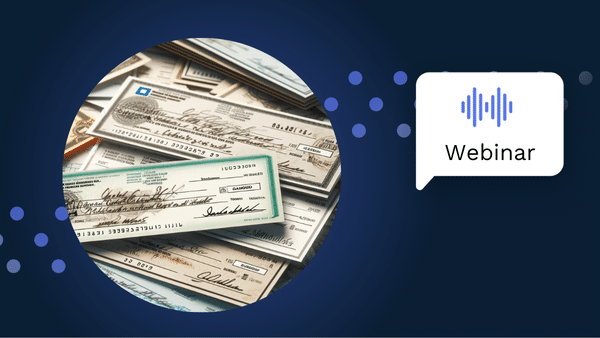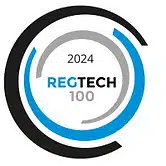Counterfeit Checks and Customer Contact
With today’s advanced image generation and consumer printing tools, counterfeit and forged checks remain as potent a fraud threat as ever. Join experts from Refine Intelligence to discuss industry best practices around combatting this continuous and growing problem.
Learning objectives
- Refresh your knowledge of the basics of check clearing and institutional liability
- How do detection systems work? Check components and how to distinguish legitimate instruments from altered, forged, or counterfeit items
- What happens after a check fraud alert is created? How is the fraud confirmed and stopped? Follow the kill chain from attempted fraud, alerted fraud, investigated fraud, and prevented fraud. What are the gaps and pitfalls in each step?
- Compare and contrast three methods for handling and deciding what to do with in-clearing check alerts (Rule-based, branch outreach, digital outreach)







